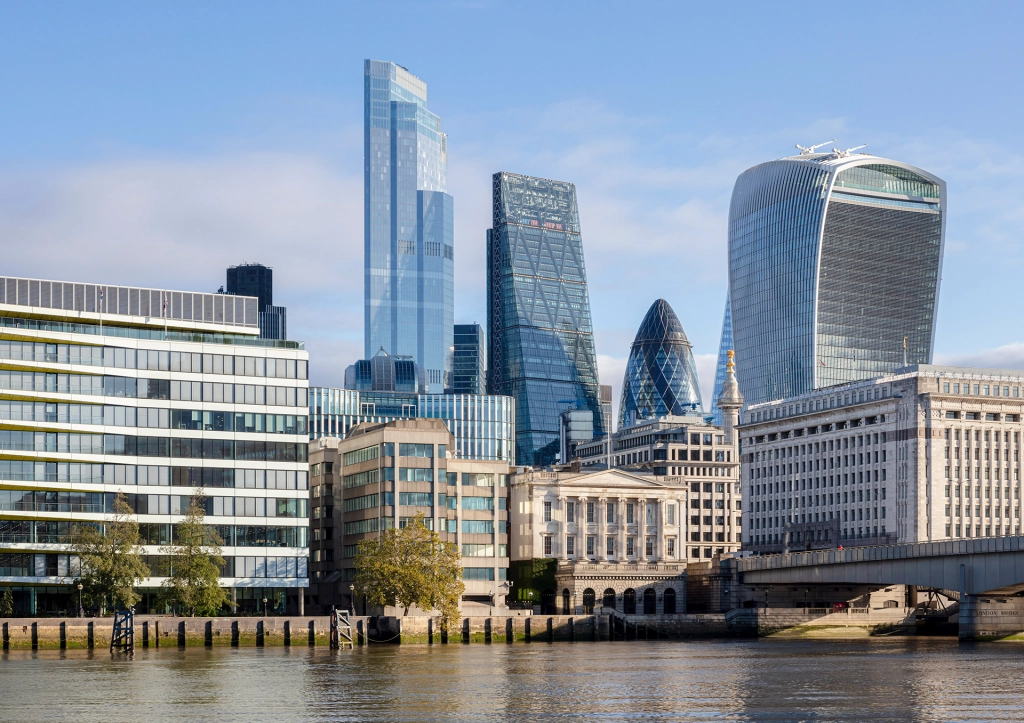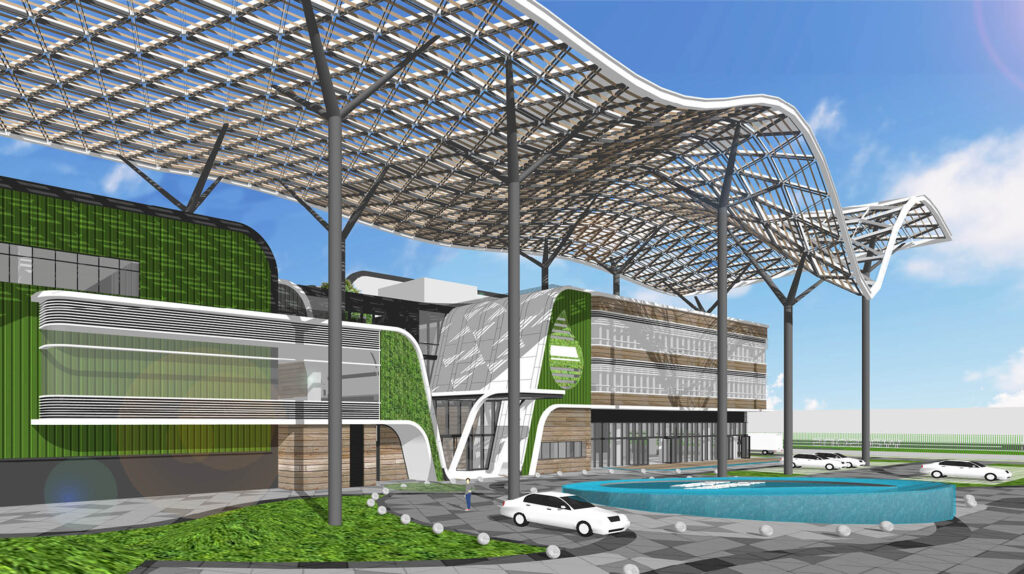The integration of Artificial Intelligence (AI) into architecture and engineering is no longer a futuristic concept—it’s a rapidly evolving reality across the UK’s built environment sector. From streamlining design processes to enhancing structural safety and improving sustainability, AI is reshaping how buildings and infrastructure are conceived, designed, and constructed. But is this transformation a quiet evolution or a radical reinvention?
The Current Landscape: Where AI Stands Today
Published May 2025, offers a compelling look at AI’s evolving role in UK architecture—from massing and sustainability analysis to ethical considerations. Highlights that “AI will not replace architects, but architects using AI will replace those who don’t”
Engineering firms, including those in civil, structural, and mechanical domains, are also adopting AI for predictive maintenance, material optimization, and risk assessments. Large infrastructure projects backed by AI now benefit from more precise forecasting, shorter timelines, and enhanced cost control.
How AI is Being Used in UK A&E
1. Generative Design
Architects are using AI-powered tools like Autodesk’s Generative Design and Spacemaker AI to quickly generate hundreds of layout options based on defined constraints—site dimensions, light exposure, zoning laws, etc.
2. Structural Analysis & Simulation
Engineers are implementing AI to run complex load simulations and stress analysis models far faster than traditional software. AI algorithms can flag material inefficiencies and suggest stronger, lighter, or more sustainable alternatives.
3. Digital Twins
The concept of a “Digital Twin”—a virtual model of a physical structure—is gaining traction. AI enriches these models by enabling real-time monitoring and predictive maintenance, reducing unexpected failures in bridges, tunnels, and buildings.
Unique Trends in the UK Context
- Heritage + Tech Integration: In cities like London, York, and Edinburgh, AI is being used to digitally preserve historic buildings while improving structural safety and energy efficiency.
- AI in Planning Permissions: Some local authorities are exploring AI to assist in reviewing planning applications, reducing human bias and processing times.
- Academic and Industry Collaborations: UK universities, such as UCL and the University of Cambridge, are working closely with architecture and engineering firms to integrate AI into education, upskilling the next generation of designers and engineers.
Ethical, Creative, and Human Concerns
While the benefits are vast, UK professionals are also debating AI’s role in creativity and authorship. Will architects become mere curators of AI-generated forms? Will engineers over-rely on algorithms for safety-critical decisions?
Experts argue that AI should be seen as a creative co-pilot, not a replacement. Human intuition, cultural sensitivity, and emotional intelligence remain irreplaceable in design.
Moreover, issues of data privacy, algorithmic bias, and job displacement need to be addressed with policy frameworks, professional guidelines, and inclusive technology development.
The Future Ahead
The UK government’s continued investments in smart cities, green infrastructure, and AI research indicate a promising future. As AI matures, we can expect even more sophisticated tools—like real-time urban simulation engines or AI-led circular material design platforms.
In the coming decade, the collaboration between architects, engineers, data scientists, and AI systems will define the UK’s built environment, making it more adaptive, inclusive, and resilient.
Final Thoughts
AI in architecture and engineering is not about replacing human creativity or engineering logic—it’s about enhancing it. For UK professionals, embracing this shift offers a chance to lead globally in sustainable, intelligent, and human-centric design.
The future isn’t just being built—it’s being co-designed with AI.


